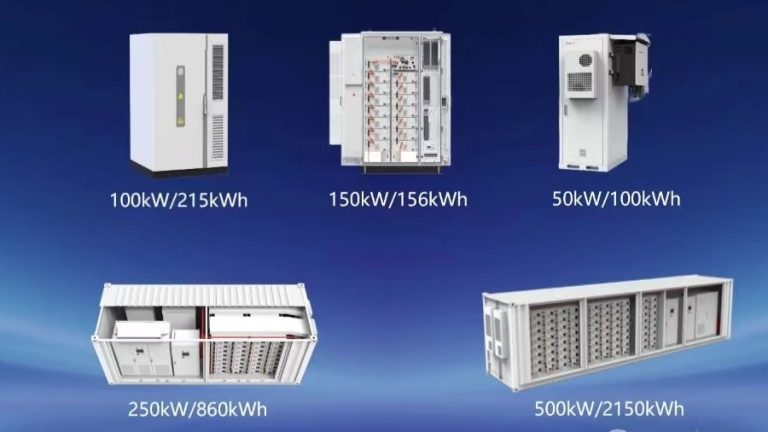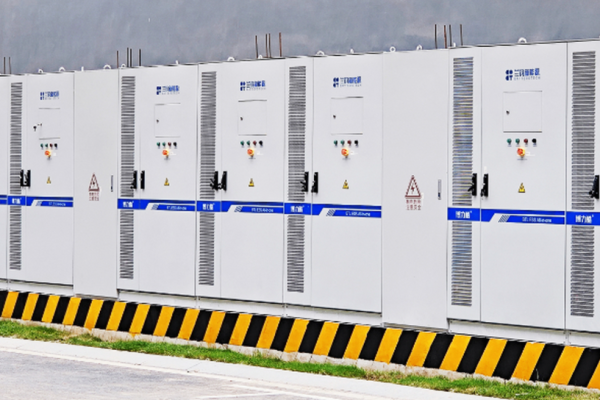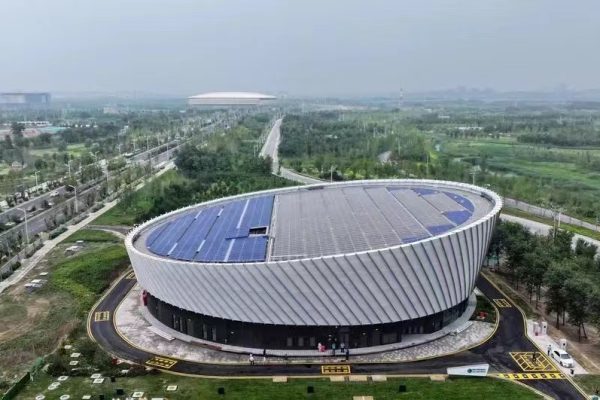The Growing Home Storage Market in Europe
In Europe, residential energy storage is one of the fastest-growing segments of the ESS export market. Driven by high electricity prices, generous solar adoption, and strong policy incentives, buyers are increasingly looking for home storage systems to maximize their energy independence. The 5–15 kWh capacity range has emerged as the dominant choice for most European households. For exporters, understanding why this range is standard is key to tailoring quotations and product positioning.
1. Why 5–15 kWh Fits European Homes
- Average Household Consumption: Typical daily electricity demand in European homes ranges from 5–15 kWh, depending on country, house size, and appliances.
- Solar PV Synergy: Rooftop solar systems (3–10 kW) pair naturally with storage in this capacity band.
- Backup Needs: Provides sufficient energy for essential loads during outages without oversizing.
Exporter Tip: Emphasize how 5–15 kWh storage matches daily household consumption patterns.
2. Regional Differences Within Europe
- Germany & Austria: Strongest home storage markets, buyers often choose 10–15 kWh systems to pair with 8–12 kW PV.
- UK & Ireland: Smaller homes and moderate PV sizes mean 5–10 kWh systems dominate.
- Southern Europe (Spain, Italy, Greece): High solar irradiation encourages mid-size (7–12 kWh) systems.
- Nordic Countries: Smaller systems (5–8 kWh) are more common due to lower year-round solar yield.
Exporter Tip: Adapt product offers by highlighting regional consumption and PV profiles.
3. Buyer Motivations in Europe
- Energy Independence: Reducing reliance on volatile grid prices.
- Self-Consumption Maximization: Using stored solar energy at night.
- Sustainability: Aligning with Europe’s green transition policies.
- Backup Power: Limited but growing demand for resilience in case of outages.
Exporter Tip: Stress both economic and environmental benefits in marketing.
4. Role of Incentives and Subsidies
- Germany (KfW Programs): Offers financing and subsidies for home storage.
- Italy (Superbonus 110%): Supports PV and storage adoption.
- Spain & France: Local grants and tax benefits encourage uptake.
Exporter Tip: Include country-specific subsidy references in sales conversations.
5. Technical Expectations of European Buyers
- Cycle Life: Minimum 6,000–8,000 cycles expected.
- Warranty: 8–12 years standard.
- Safety & Certification: CE compliance, IEC testing, and fire safety assurances.
- Design: Compact, wall-mounted systems with sleek appearance.
Exporter Tip: Highlight certifications, warranties, and modern design in quotations.
6. Risks of Offering Wrong Capacity Range
- Oversized Systems: Lead to poor ROI and longer payback, discouraging buyers.
- Undersized Systems: Fail to meet daily needs, causing dissatisfaction.
- Competitor Advantage: Buyers will quickly switch to suppliers offering better-matched capacities.
Exporter Tip: Always propose solutions within the 5–15 kWh range, adapting to buyer’s exact profile.
Capacity Range as a Sales Driver
The 5–15 kWh range is not just a technical standard but a sales anchor in Europe’s home storage market. Exporters who understand regional differences, buyer motivations, and subsidy frameworks can position their products more effectively. By framing this range as the “sweet spot for European homes”, suppliers strengthen their competitiveness in one of the world’s most advanced residential ESS markets.









